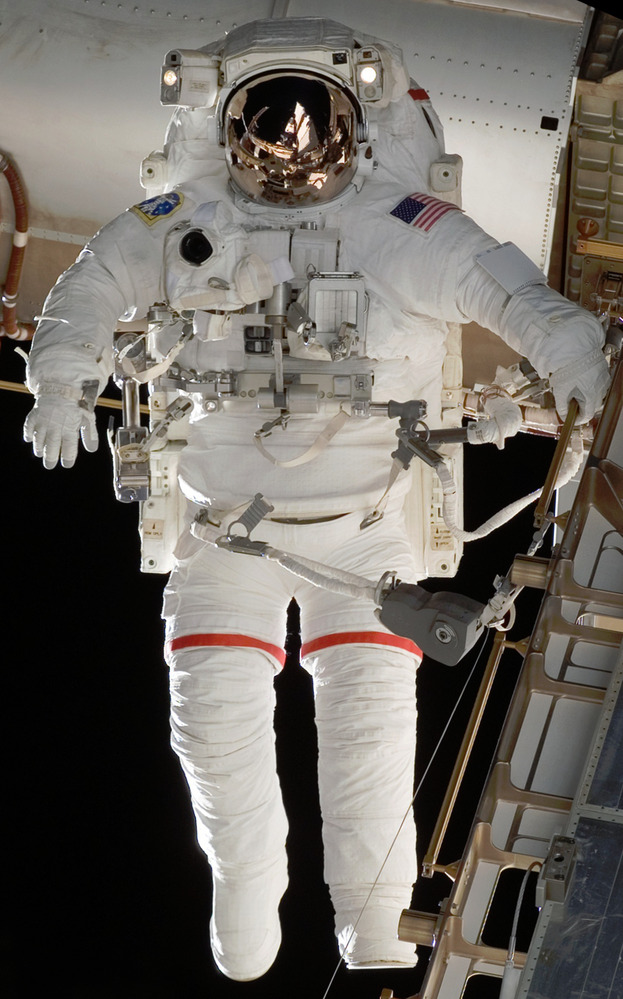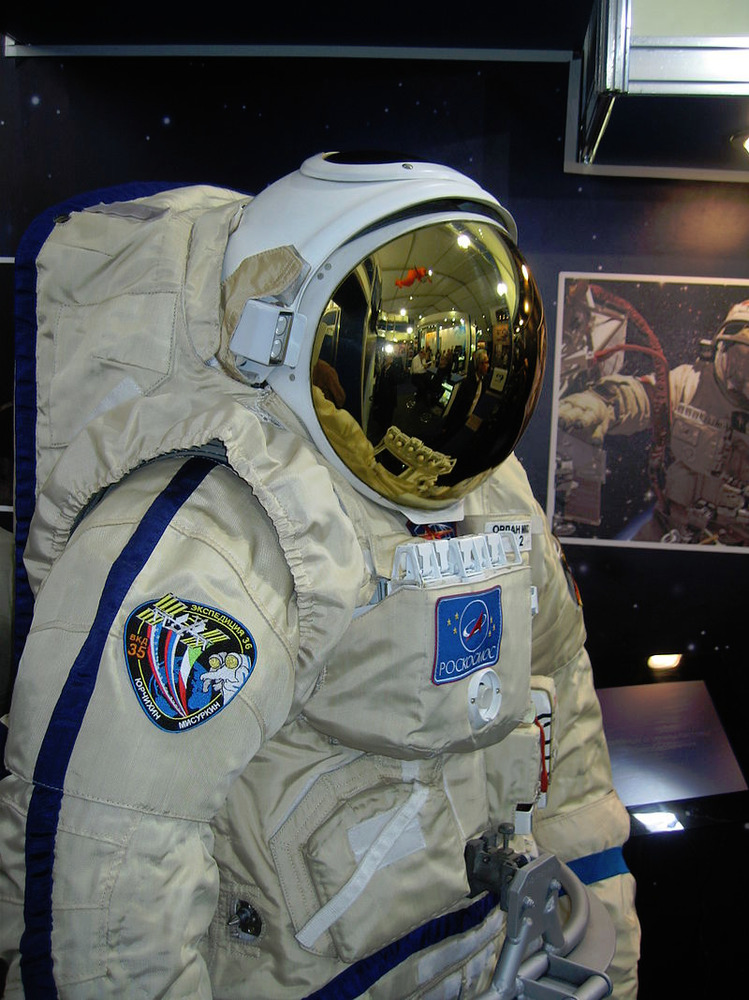Jing Joh said:
The point I was leading up to is ….
1. if a small breach occurred in a glove and the suit automatically sealed it off at the wrist, would the astronaut lose his hand?
2. could a spacecraft be saved like the proverbial dike?
I have a personal hatred of spacesuit designs. I think they should be moire like scuba drysuits. Made with elastic fabric.
Anyhow, there are three major types of spacesuit in use by NASA and ESA. (Not counting new ones under development).
One is the Russian Sokol Suit. This is worn inside spacecraft and is intended to protect the user if there is an unexpected spacecraft depressurisation. It is soft, and relatively form-fitting.
A second is the NASA EMU Suit. This is specifically intended for extra-vehicular activities. This comes with a backpack containing all the paraphernalia needed for long duration out of vehicle use. Its outside is very puncture and abrasion resistant. It is tailored to fit and requires a lot of measurement, particularly of the gloves. You can take your arm out of the sleeve of an EMU suit to scratch your nose and adjust internal controls. Not in a Sokal suit.
A third is a Russian Orlan suit for extra-vehicular activities. It is not as tailored to fit as the EMU and is more rigid. Orlan and EMU suits have quite different strategies to how the head of the suit is made.
Sokol Suit.

NASA EMU Suit

Russian Orlan Suit

On the issue of flesh plugging a hole, I think not possible with the current generation of space suits. There would be a gap between the body and the suit and the small volume of air within the suit differs radically from the much larger volume of air in a spacecraft.
On top of that, any leak is likely to be at a seal, and replacing that seal while in space would require some sort of glue patch
A human being can survive in space unprotected for a short time. For a minute or so. Perhaps long enough to get help.
PS. Have you heard about the astronaut who nearly drowned in his space suit when his water cooling system sprang a leak inside the suit.


